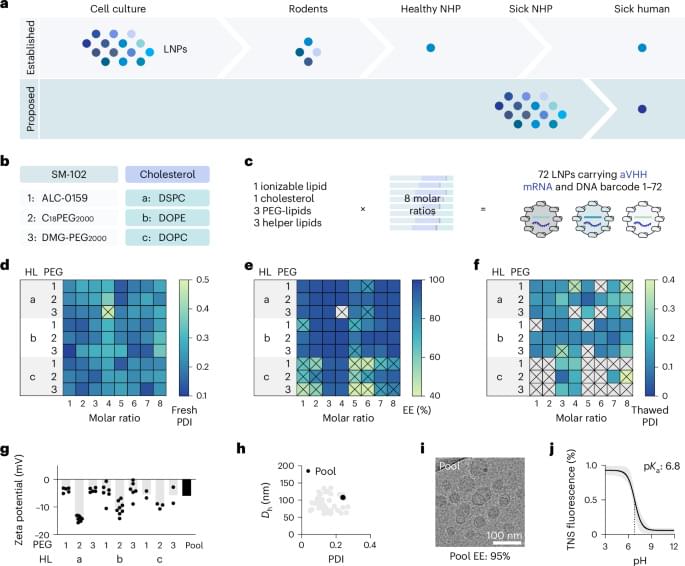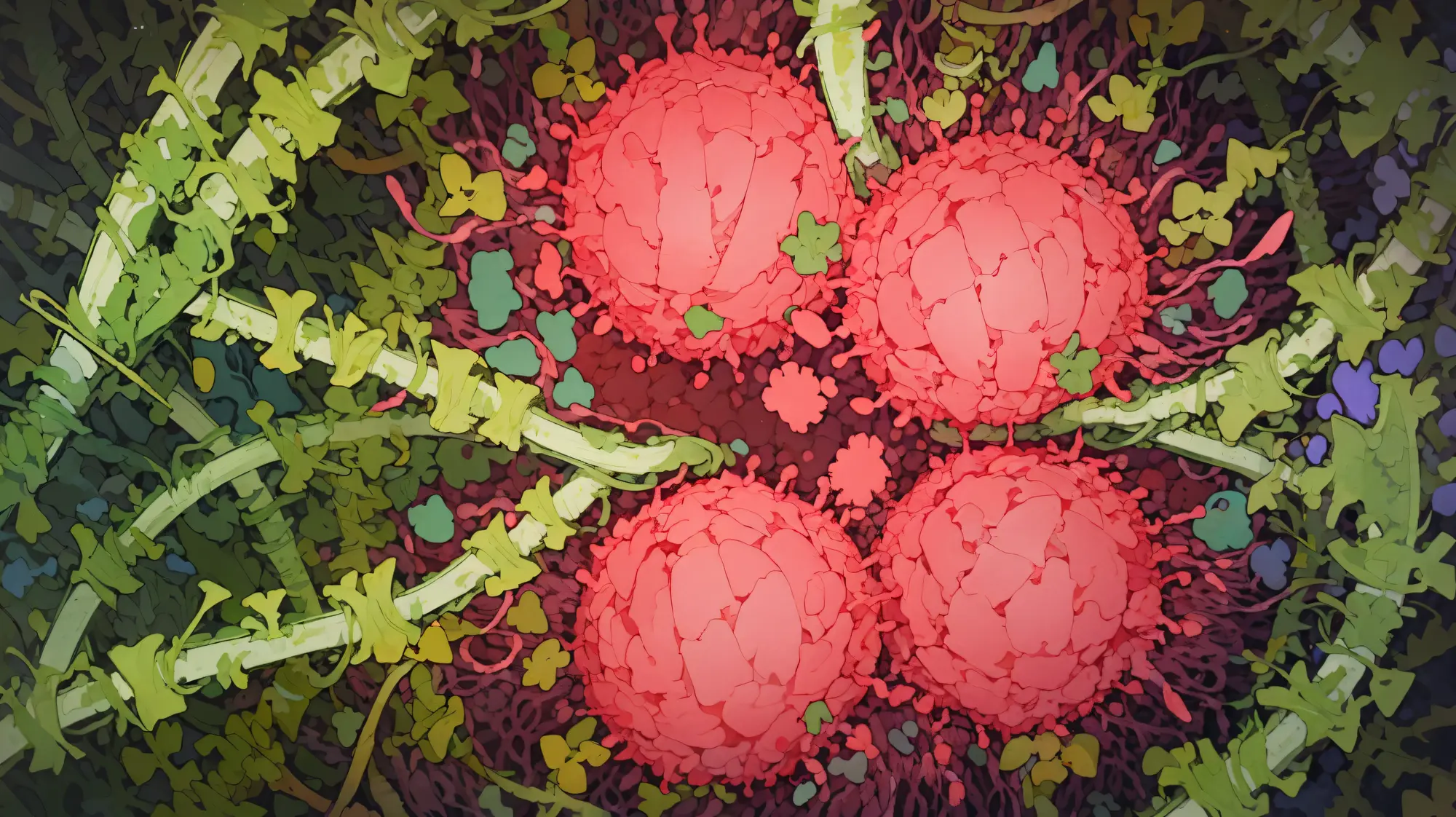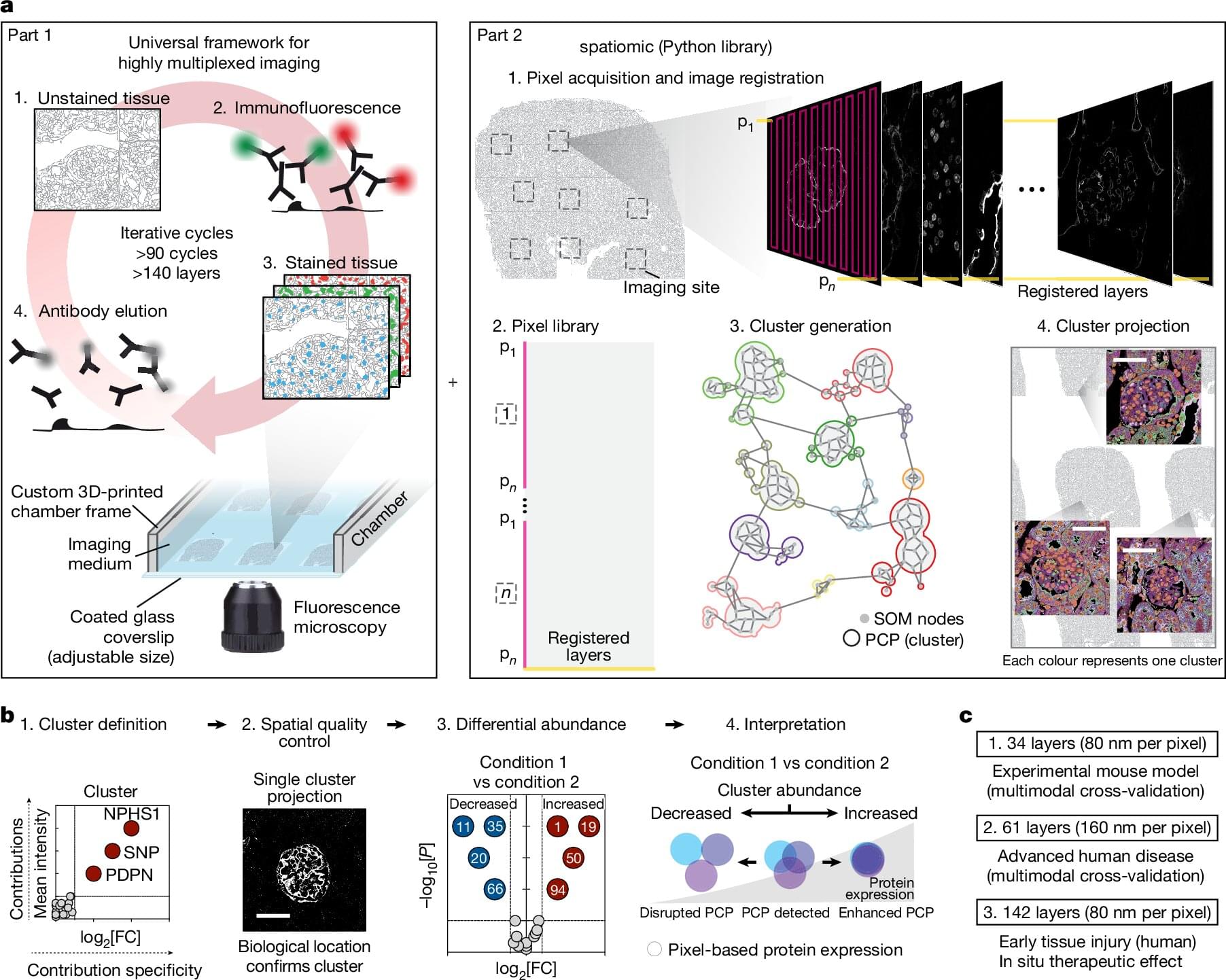Scientists discovered that ancient viral DNA sequences called MER11, once dismissed as genetic junk, actually act as important gene switches.




To understand how the molecular machinery of synapses works, it is essential to determine an inventory of synaptic proteins at a subsynaptic resolution. Nevertheless, synaptic proteins are difficult to localize because of the low expression levels and limited access to immunostaining epitopes. Here, we report on the exTEM (epitope-exposed by expansion-transmission electron microscopy) method that enables the imaging of synaptic proteins in situ. This method combines TEM with nanoscale resolution and expandable tissue-hydrogel hybrids for enhanced immunolabeling with better epitope accessibility via molecular decrowding, allowing successful probing of the distribution of various synapse-organizing proteins. We propose that exTEM can be employed for studying the mechanisms underlying the regulation of synaptic architecture and function by providing nanoscale molecular distribution of synaptic proteins in situ. We also envision that exTEM is widely applicable for investigating protein nanostructures located in densely packed environments by immunostaining of commercially available antibodies at nanometer resolution.




Researchers from Aarhus University—in a major international collaboration—have developed a groundbreaking method that can provide more information from the tissue samples doctors take from patients every day.
The new technique, called Pathology-oriented multiPlexing or PathoPlex, can look under a microscope at over 100 different proteins in the same small piece of tissue—instead of just 1–2 at a time, as is done now.
The technology, which has just been published in the journal Nature, combines advanced image processing with machine learning to map complex disease processes in detail.
To truly explore alien languages, linguists must open themselves to the maximum conceivable degree of cosmic otherness
Could cosmic silence be a survival strategy?
Bedrock co-founder Geoff Lewis has posted increasingly troubling content on social media, drawing concern from friends in the industry.